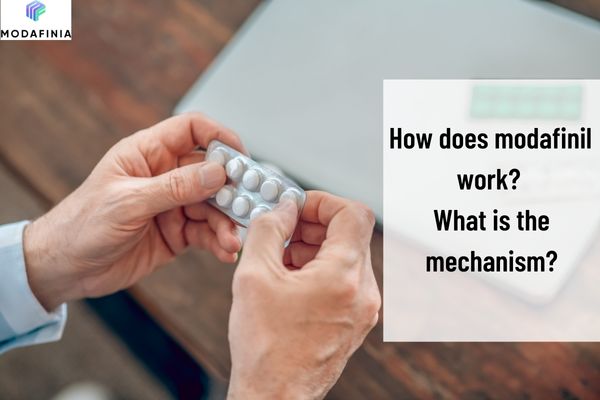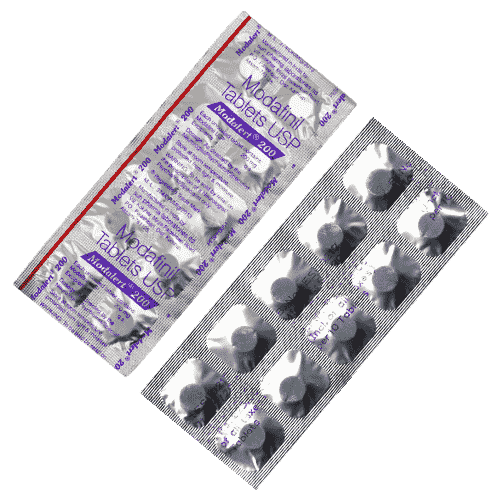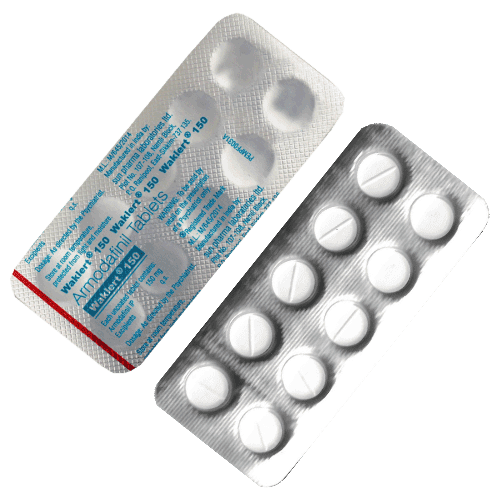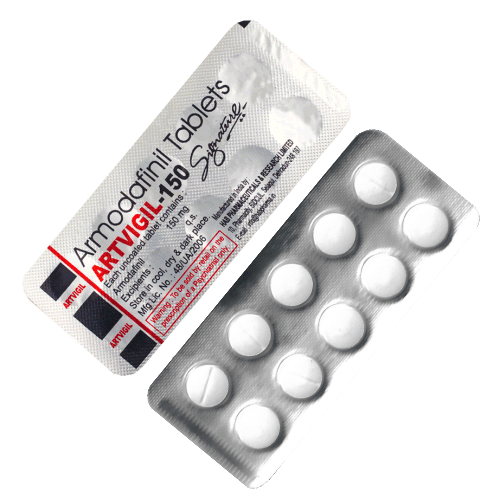
How does modafinil work? What is the mechanism?
/ Modafinia / By
finia_20225
Million of people globally suffer from sleep-related problems. While many people are aware of their problems, a large number of patients are not diagnosed. This means that their poor sleeping quality can sadly affect other areas of their lives without them being aware of this.
Modafinil is famously known to treat sleepiness that is caused by various agents and conditions. Why the medication is known as an agent for promoting wakefulness, many users do not fully understand the way it works. So, how does modafinil works? What is the mechanism behind this cognitive-enhancing drug? We break it all down with this post.
Table of Contents
A brief overview of Modafinil
Modafinil is a prescription that is typically administered to promote wakefulness. This is an effective medication that is used to keep people awake. It is very useful among people who are susceptible to sleep. Modafinil as a medication works to reduce sleepiness which can be caused especially by conditions like sleep apnea, shift work sleep disorders, narcolepsy, and so much more. Modafinil is commercially available as a tablet that is administered orally daily. The drug can be taken by people who are active by day. They usually take the drug in the mornings. The drug is also taken by shit workers who ingest it so that they can remain wakeful throughout their shifts. Modafinil shift workers are usually ingested orally before the start of the shift.How does Modafinil work?
Modafinil is available as an over-the-counter drug as Provigil, which is its brand name. It is a stimulant that works in the central nervous system. Central nervous stimulants are special substances that are taken to stimulate the human brain. Medications such as Modafinil are expected to stimulate the human body. They do this by accelerating mental and physical processes. Modafinil tends to increase the presence of essential chemical messengers. It will trigger the omnipresence of chemical messengers such as noradrenaline, adenosine, serotonin, dopamine, catecholamines, and monoamines to appear more in the spaces that are found between cells. When taken, Modafinil works to impact various areas in the human brain such as the amygdala, hippocampus, and hypothalamus. As it works, it effects changes in the brain which results in reduced sleepiness in the person. Modafinil is a mild stimulant and is known to produce minimal anxiety, jitteriness, and irritability in comparison to other stimulants.The mechanism behind Modafinil
Modafinil is usually prescribed to help reduce sleepiness among certain patients. It is important to state that this is not a medication that is prescribed to treat any type of excessive sleepiness. Modafinil works as an effective medication to treat excessive sleepiness in patients. It is mostly used by those whose sleepiness is caused by a condition known as narcolepsy. Narcolepsy is an abnormal human condition that leads to excessive sleepiness during the daytime. Modafinil can also be used to treat shift work sleep disorder, which is a famous condition that afflicts people who do shift jobs. The medication works to counter excess sleepiness during specific waking hours. It can be used to help shift workers stay asleep when they are off work, especially if they work rotating shifts or at night. Modafinil can also be used with breathing aids or other medications/treatments for preventing excessive sleepiness which is caused by a condition known as obstructive sleep apnea/hypopnea syndrome. Known short as OSAHS, this is an abnormal sleep condition whereby the patient breathes shallowly several times or they momentarily stop breathing during their sleep. When these happen in their sleep, they usually do not get sufficient restful sleep. Modafinil is among the category of over-the-counter drugs that work to promote wakefulness. The drugs once taken goes straight to the brain. This is its primary organ or location of function. Once in the brain, Modafinil will work by altering the levels of the essential chemical messengers that are present in the brain. The drug works to block DAT – which are known as dopamine transporters in the brain. This triggers an increase in the dopamine levels of the brain. This way, the drug induces the same effects of “wakefulness” as every other drug. SourceModafinil for sleepiness: A case study
Modafinil as a medication is usually used for treating EDS – excessive daytime sleepiness. Most of the above-mentioned forms of sleepiness are characterized as excessive daytime sleepiness except the shift work sleep disorder. EDS is usually described as high levels of fatigue during the day even when the person seemed to have rested adequately the previous night. Daytime sleep prevents a lot of people from doing their jobs satisfactorily. This condition is usually triggered by various causative agents. EDS have several causative agents which include: Inadequate sleep the night before- Abnormal limb movements
- Primary alertness disorders of alertness such as idiopathic hypersomnia and narcolepsy
- General medical issues such as depression, Parkinsonism, dementia, and diabetes
What conditions can be treated by Modafinil
Modafinil works best when used to treat issues around wakefulness, arousal, and sleep. There are several conditions that Modafinil can treat. These include:- Traumatic injury of the brain
- Shift-work sleep disorder
- Sedation caused by medications
- Obstructive sleep apnea
- Narcolepsy
- ADHD
- Depression
The side effects of Modafinil
Just like many other medications, Modafinil also comes with its side effects. Some common side effects of the drug include:- Skin numbness, tingling, or burning
- Confusion
- Back pain
- Moving difficulties or tight muscles
- Sweating
- Flushing
- Nosebleed
- Excessive thirst
- Dry mouth
- Unusual tastes
- Loss of appetite
- Heartburn
- Gas
- Constipation
- Diarrhoea
- Nausea
- Drowsiness
- Sleeping difficulty
- Dizziness
- Headache
- Thoughts of killing or harming oneself
- Depression
- Anxiety
- Hallucinating (hearing voices or seeing things that are not in existence)
- Abnormally excited or frenzied mood
- Irregular or fast pounding heartbeat
- Hoarseness
- Itching
- Hives
- Mouth sores
- Peeling skin
- Blisters
- Rash







